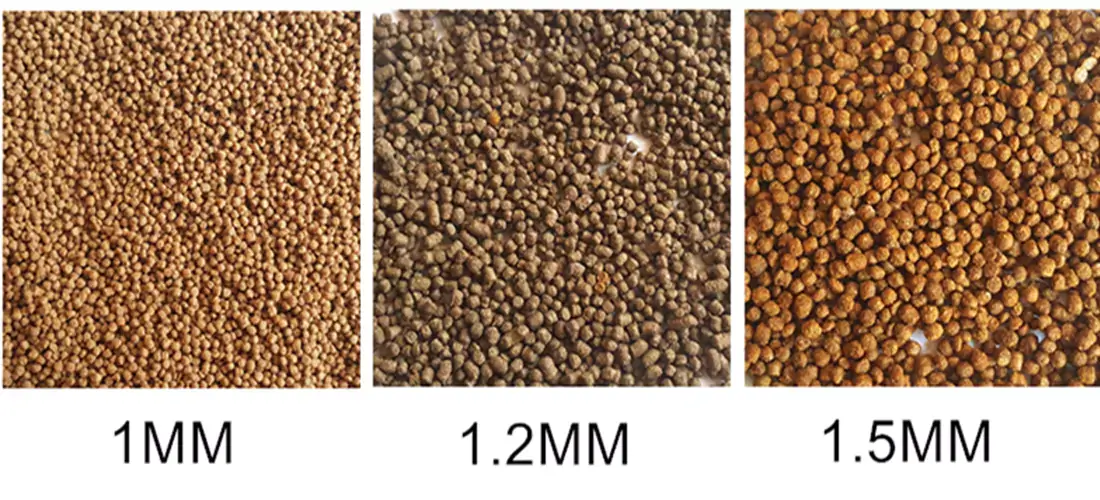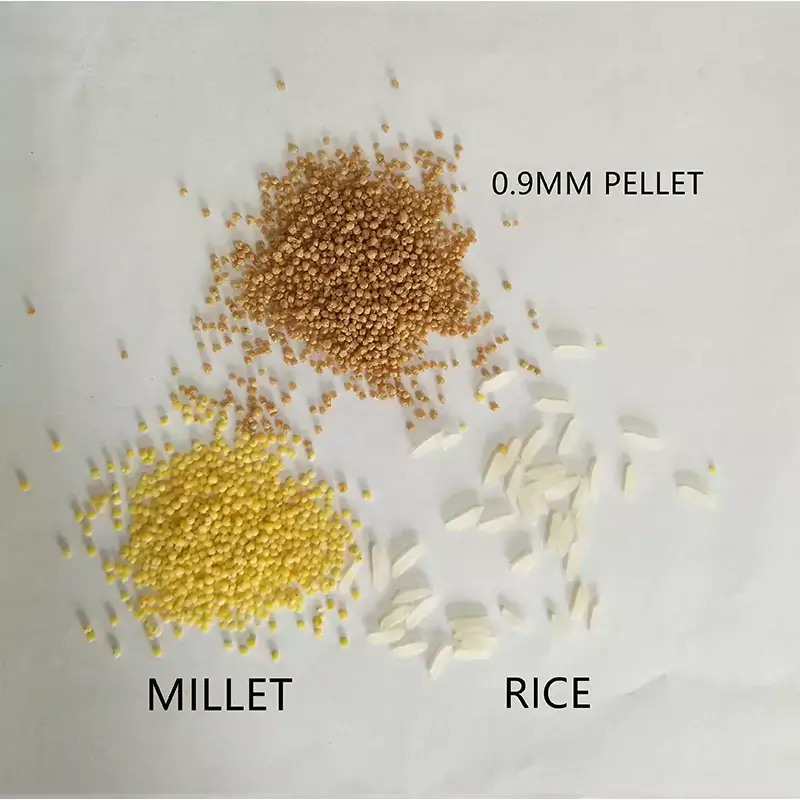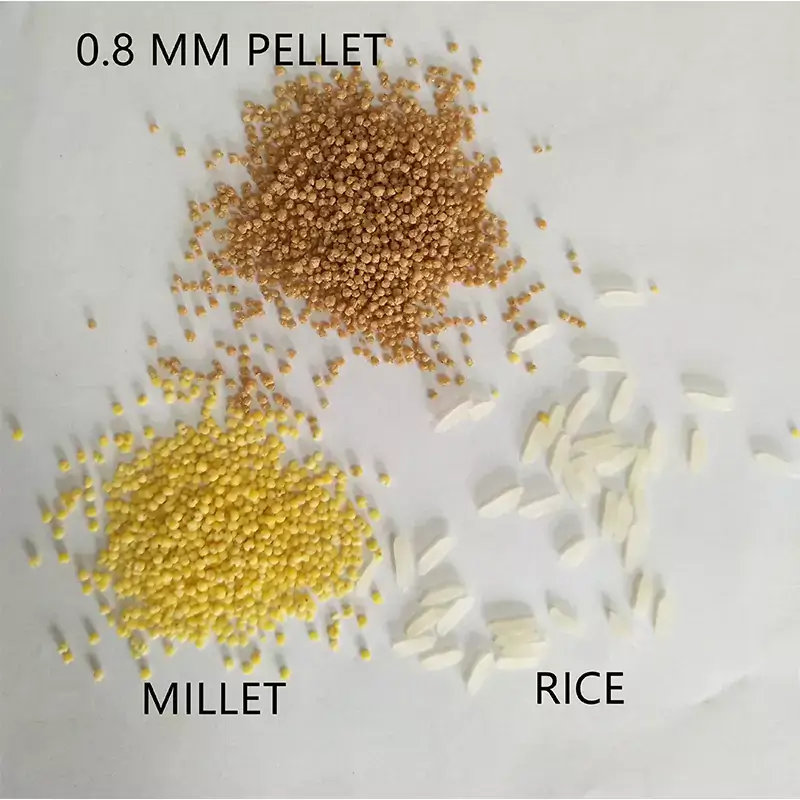Why Good Feed Matters for Your Tilapia
Many farmers choose to raise tilapia. They have good reasons for this choice. Tilapia are hardy fish. They grow fast and do not get sick often. They can live in many different farm conditions. This makes them a great choice for fish farming. But their success depends on one key thing: their food.
Tilapia will eat many types of food. But they need a high-quality, balanced feed to grow their best. A good tilapia fish feed recipe is very important. It does more than just fill their stomachs. It makes your whole farm healthier and more profitable.
What a Good Feed Recipe Does for You
A well-made tilapia fish feed gives you several key benefits.
Faster Growth: A good diet has the right mix of protein and energy. This helps your tilapia grow to market size fast.
Better Health: The right vitamins make the fish’s immune system strong. Your tilapia fish can handle stress better. They are less likely to get sick.
Good Digestion: A good tilapia feed recipe helps the fish’s gut stay healthy. This means they can absorb more nutrients from every pellet.
Cleaner Water: Fish digest good feed very well. This means less waste goes into the pond. This helps keep your water clean and safe.
While a good recipe is the blueprint for success, having the right equipment to turn these ingredients into consistent, high-quality pellets is just as crucial. A dedicated tilapia feed production line is the tool that brings your expert formulation to life, ensuring every pellet matches the quality of your recipe.

tilapia fish feed formulation and ingredients
Tilapia Feed Formulation for Fry(1–5 g)
| Ingredient | Inclusion (%) |
|---|---|
| Fish meal | 20 |
| Soybean meal | 35 |
| Rice bran | 15 |
| Corn gluten feed | 10 |
| Wheat bran | 10 |
| Vitamin–Mineral premix (Vit‑Min) | 0.5 |
| Binder | 0.5 |
| Pellet Size (mm) | Crude Protein (%) | Energy (MJ/kg) |
|---|---|---|
| 1–1.5 | 38–40 | 14 |
Tilapia Feed Formulation for Fingerling (5–20 g)
| Ingredient | Inclusion (%) |
|---|---|
| Soybean meal | 30 |
| Fish meal | 15 |
| Rice bran | 20 |
| Local rice bran | 15 |
| Corn gluten feed | 15 |
| Vitamin–Mineral premix (Vit‑Min) | 0.5 |
| Binder | 0.5 |
| Pellet Size (mm) | Crude Protein (%) | Energy (MJ/kg) |
|---|---|---|
| 1.5–2 | 32–35 | 13 |
Tilapia Feed Formulation for Adult (>100 g)
| Ingredient | Inclusion (%) |
|---|---|
| Soybean meal | 25 |
| Fish meal | 10 |
| Rice bran | 30 |
| Local rice bran | 25 |
| Vitamin–Mineral premix (Vit‑Min) | 0.5 |
| Binder | 0.5 |
| Pellet Size (mm) | Crude Protein (%) | Energy (MJ/kg) |
|---|---|---|
| 3–4 | 25–28 | 12 |
Feeding Recommendations
| Growth Stage | Fish Weight (g) | Feed Form | Pellet Size (mm) | Feeding Rate (% body-weight/day) | Frequency (times/day) | Notes |
|---|---|---|---|---|---|---|
| Early Fry | 0–1 | Powdered feed | 0.2–1 | 30→10 | up to 8 | High-density feeding for rapid growth |
| Fry | 1–5 | Crushed pellets | 1–1.5 | 10→6 | 4 | Transition to granular feed |
| Fingerling | 5–20 | Floating/sinking pellets | 1.5–2 | 6→4 | 3 | Avoid overfeeding |
| Juvenile | 20–100 | Floating/sinking pellets | 2 | 4→3 | 2 | Adjust based on growth |
| Adult | >100 | Floating/sinking pellets | 3–4 | 3→1.5 | 2 | Control feed cost |
Common Tilapia Feed Ingredients & Their Roles
| Ingredient | Primary Function |
|---|---|
| Fish meal | High-quality protein and essential amino acids |
| Soybean meal | Main plant-protein source, cost-effective |
| Rice bran | Energy source with digestible fiber |
| Corn gluten feed | Protein + fiber, fish-meal alternative |
| Wheat bran | Improves pellet texture and binding |
| Local rice bran | Energy plus trace minerals |
| Vit-Min premix | Supplies essential vitamins & minerals |
| Binder (e.g. maltose) | Enhances pellet water stability, reduces nutrient leaching |


